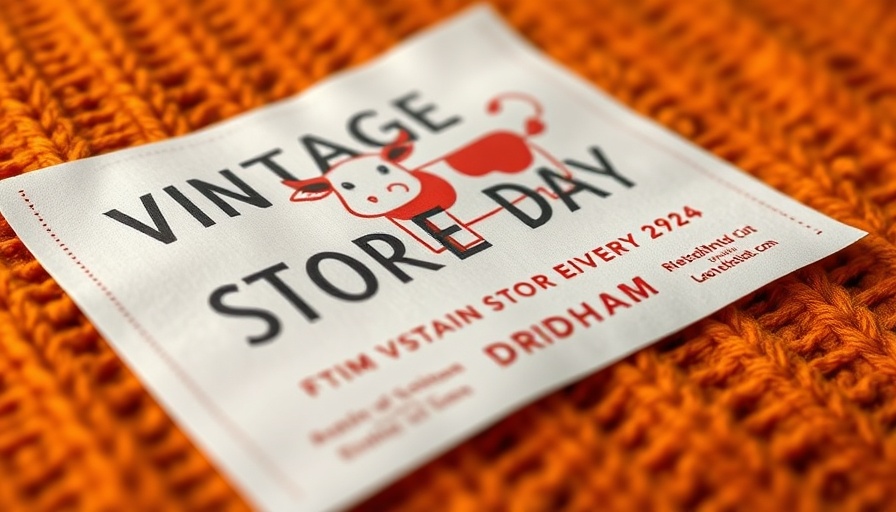
Raleigh’s Bold Move: The Transit Overlay District Explained
As Raleigh progresses towards a sustainable future, the concept of Transit-Oriented Development (TOD) is gaining momentum. With the City Council’s recent focus on the Transit Overlay District, community members are looking forward to a workspace that intertwines urban living with efficient transit solutions. This new zoning strategy not only caters to the growing number of residents but also fosters a vibrant urban landscape.
What Are Transit Overlay Districts?
A Transit Overlay District is an innovative zoning approach designed to maximize public transit effectiveness. By promoting mixed-use developments around transit hubs, these districts encourage higher density, essential for increasing ridership. Raleigh’s dedication to sustainable urban planning is reflected in this initiative, as it aims to create an environment where people can live, work, and play without relying solely on personal vehicles.
New Bern Avenue: A Case Study
The spotlight is currently on the New Bern Avenue corridor, the first to receive the much-anticipated Bus Rapid Transit (BRT) system. The recent zoning changes, which affect over 600 properties, have been strategically segmented into six zones. This thoughtful approach allows the City Council to tailor developments to the unique character of each area—be it residential neighborhoods or busy commercial districts.
The Advantages of Compact Living
Implementing Transit Overlay Districts presents numerous benefits for local communities. By concentrating jobs, shopping, and homes near transit hubs, Raleigh is setting the stage for walkable and livable neighborhoods. Not only will this reduce car dependency and congestion, but it will also enhance the overall quality of life for residents. Imagine a community where you can step outside your door, grab coffee, and catch the bus to work—all within a short walk!
Building Community: A Collective Responsibility
The success of the New Bern Avenue Transit Overlay District hinges on community involvement and support. Residents, city planners, and local entrepreneurs must come together to envision the future of their neighborhoods. With the right strategy, this initiative can create a ripple effect, strengthening public backing and attracting potential investors to develop the remaining BRT lines on Capitol Blvd., Wilmington Ave., and Western Blvd.
What’s Next for Raleigh?
As Raleigh embarks on this transformative journey, staying informed and involved is crucial. Understanding how these changes will impact property values, market dynamics, and local businesses will enable residents to make informed decisions. Participation in community discussions and attending Chamber of Commerce meetings can provide insights into new business openings and local entrepreneur activities.
Raleigh’s Transit Overlay District offers a promising glimpse into the future of urban development. Residents are encouraged to embrace this change, ensuring their voices contribute to creating a thriving and equitable community. Let’s celebrate Raleigh’s growth, making it a city that works for everyone!
 Add Row
Add Row  Add
Add 




Write A Comment